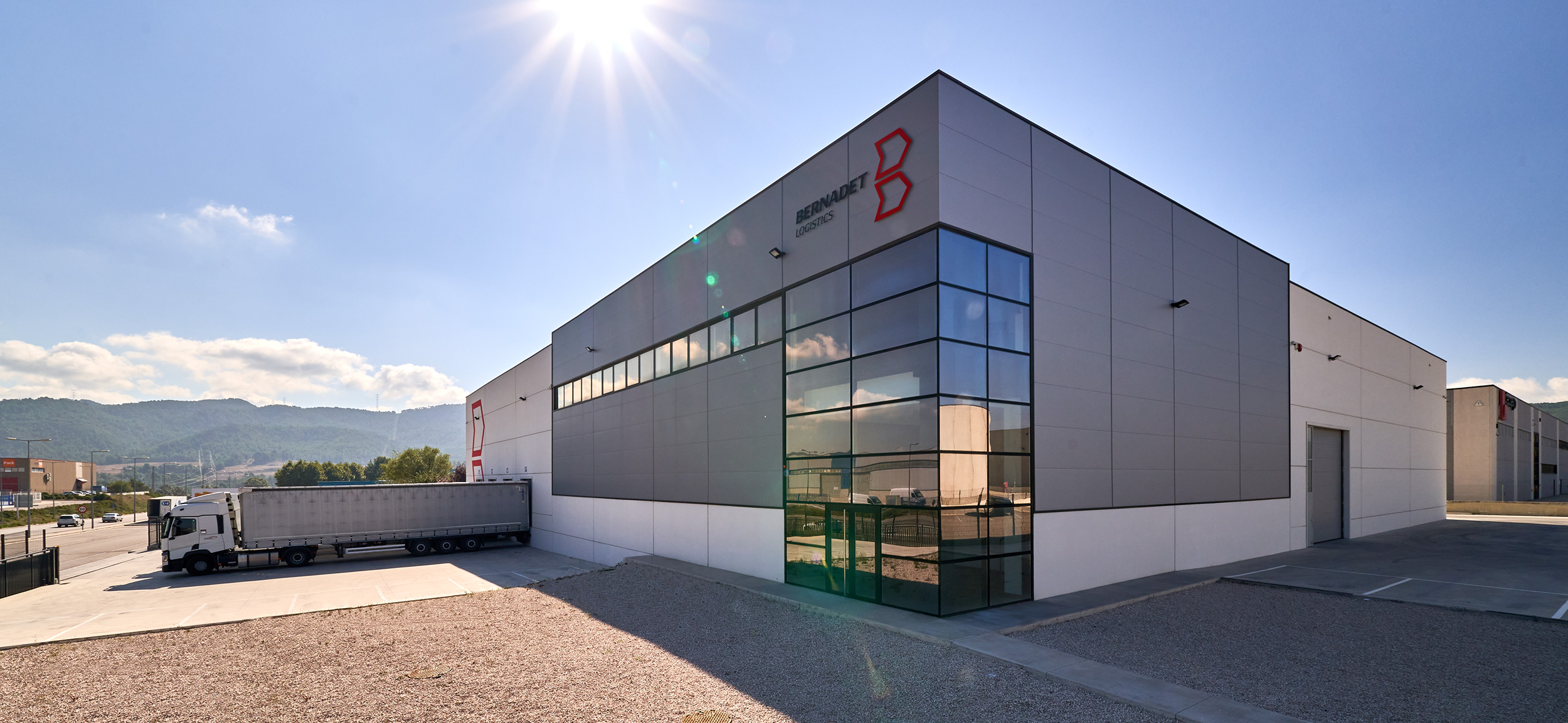Three keys to the recovery of the logistics sector

Kaizen Institute analyses the situation of the logistics sector with the Covid-19 and designs a recovery plan based on three fundamental steps.
The pandemic has caused an unprecedented economic crisis worldwide. All sectors of the economy have been affected and are currently at a turning point where they must evolve in order to overcome the impact of the pandemic.
Kaizen Institute, a leading international consultant in continuous improvement and process optimization, has carried out an analysis of the current situation of the logistics sector, to identify current challenges and develop a strategy based on future trends in the sector that allows logistics companies reinvent themselves and overcome the current crisis.
Main challenges facing logistics
Consulting experts have identified four main challenges facing logistics:
1. The rising cost of labour. The social policies applied have led to an increase in these costs of more than 5% in 2020 and the forecast for the next 3 years is that it will rise to another 16%, becoming one of the most important costs for the sector.
2. The rising cost of labour. The social policies applied have led to an increase in these costs of more than 5% in 2020 and the forecast for the next 3 years is that it will rise to another 16%, becoming one of the most important costs for the sector.
3. The rising cost of labour. The social policies applied have led to an increase in these costs of more than 5% in 2020 and the forecast for the next 3 years is that it will rise to another 16%, becoming one of the most important costs for the sector.
4. The rising cost of labour. The social policies applied have led to an increase in these costs of more than 5% in 2020 and the forecast for the next 3 years is that it will rise to another 16%, becoming one of the most important costs for the sector.
Future trends: Where is logistics going to?
After analysing the sector situation point, the report collects three main trends in the sector:
1. Agile operations with the ability to adjust capacity and scope, while maintaining high levels of productivity and low costs.
2. Sustainable mobility and consumer-driven circular supply chains and customer demand for green suppliers.
3. Investment in digitization as a way to create unified operations, with great transparency and responsiveness Carles Lloret says that “the sector is at a key moment. The pandemic has been the last obstacle that has put logistics in check and only those companies capable of optimizing their processes and adapting them to the new normality and to the trends that currently mark the path of the sector will survive: flexibility, sustainability and digitalisation “.
Keys to Success: Steps to follow in the improvement strategy
The approach of a strategy characterized by flexibility, sustainability and digitalization must be done taking into account three perspectives.
First of all, it is essential to analyse the current logistics model, both the warehouse network and transport. Ensure that stock and replenishment strategies, location and automation of warehouses, routes and types of distribution are appropriate for the type of customers and products being served.
Next, it is crucial to work on warehouse optimization. To do this, everything that happens in the global storage process must be frequently analysed, from the time the goods arrive at the logistics facilities until they leave. In this way, Layouts, the management of SKUs, the loading and unloading operation, the management of orders and customers or the planning of resources can be reviewed, in an effective way for the current reality. Lloret insists that “within these areas, it is becoming increasingly essential to be able to standardize the processes to generate the versatility needed to serve different customers, with their variations in demand and service. In other words, to be able to have optimized and flexible warehouses. Ready to continuously improve “.
The next step is transport optimization. It consists of analysing the entire current transport process and the main opportunities for optimizing its capacity, through route management, loading and unloading or cubic capacity, as well as reducing fuel or improving maintenance.
Article from the web of Novo Logistica
https://novologistica.com/logistica/tres-claves-para-la-recuperacion-del-sector-logistico/
